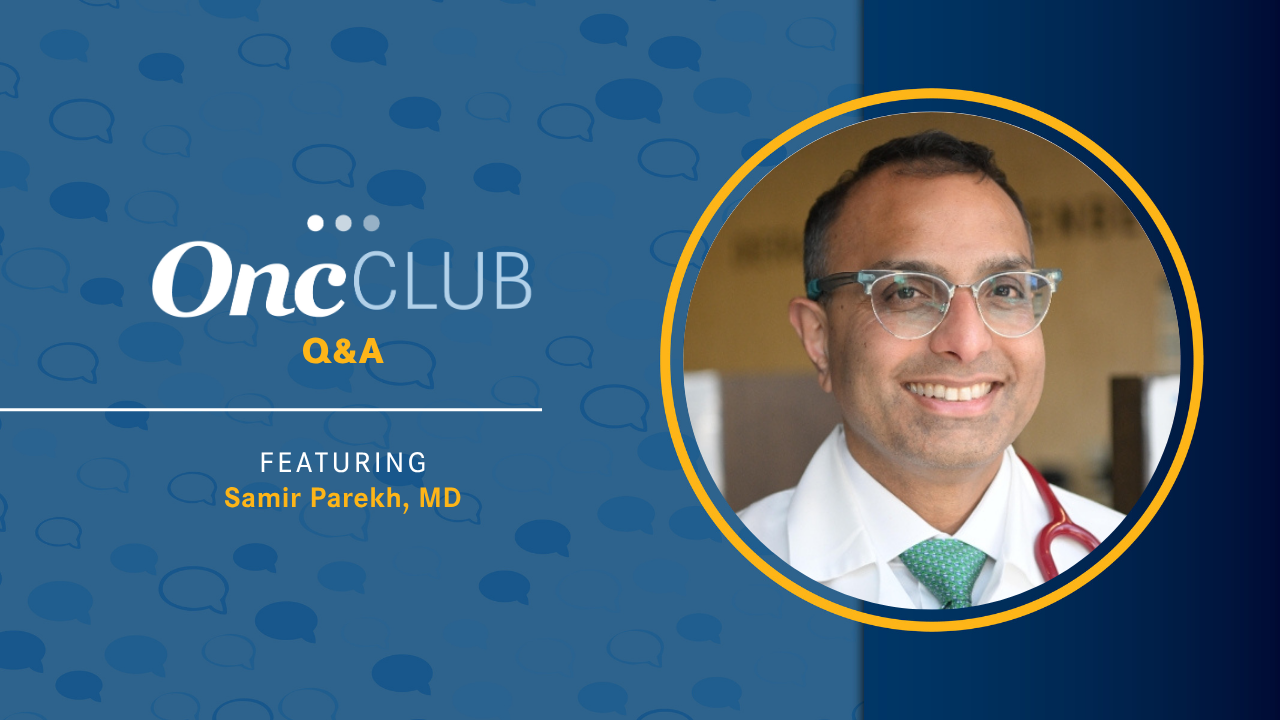CAR T-cell therapy has shown significant effectiveness in treating hematologic malignancies, yet the emergence of rare secondary malignancies has raised clinical concerns. A recent case study highlights a successful strategy using the anti-CCR4 antibody mogamulizumab (Poteligeo) in combination with chemotherapy, leading to durable remission in a patient with T-cell lymphoma following anti-BCMA CAR T-cell therapy.
Dr. Samir Parekh, an expert in hematology and medical oncology at the Icahn School of Medicine at Mount Sinai, discussed the case in an interview with OncLive®. He explained the clinical presentation and therapeutic strategy employed to manage a patient who developed this rare complication, as well as the broader implications for precision medicine in post-CAR T-cell therapy complications.
Dr. Parekh noted that CAR T-cell therapy has emerged as a promising treatment for various hematological malignancies, including leukemias, lymphomas, and multiple myeloma. He stated, “Thousands of patients have been treated with this, and more and more patients are being treated.” A recent multi-institutional report revealed that one-third of patients treated with CAR T-cell therapy may achieve a cure, even at advanced disease stages.
Despite the treatment’s success, the development of secondary malignancies remains a rare but concerning effect. According to studies, including one led by Dr. Ash Alizadeh at Stanford University, the incidence of secondary neoplasms is approximately 5% to 6%. Dr. Parekh emphasized that T-cell lymphomas following anti-BCMA CAR T-cell therapy are particularly uncommon, with fewer than half a dozen cases documented in the literature.
In this notable case, a 50-year-old male patient with relapsed multiple myeloma received anti-BCMA CAR T-cell therapy. Following treatment, he initially entered remission but later developed a rash during recovery from a mild case of COVID-19. Despite treatment from a dermatologist, the rash worsened, leading to a biopsy that confirmed T-cell lymphoma with an unusual phenotype, lacking the typical CD4 or CD8 cell markers.
As the lymphoma spread aggressively, Dr. Parekh and his team sought insights from global experts who had encountered similar cases. They discovered that prior treatments for these secondary lymphomas were often unsuccessful, which presented a significant challenge.
In response, Dr. Parekh’s team devised a multidisciplinary approach to screen the patient’s lymphoma cells against a variety of FDA-approved treatments. They prioritized compounds that would effectively target the lymphoma while minimizing harm to the patient’s normal T cells, critical for maintaining his immune function post-CAR T-cell therapy.
Remarkably, during this screening, they identified CCR4 expression on the lymphoma cells. This finding allowed them to repurpose mogamulizumab, an antibody previously used in another type of T-cell lymphoma, alongside an anthracycline and gemcitabine. The treatment yielded rapid results; within just a few cycles, the patient’s skin lesions, lymph nodes, and abnormal lymphocytes began to resolve.
Dr. Parekh reported that the patient has remained in remission for over a year and a half. “He recently told me that over the summer, he went to Yosemite National Park in California with his family and had a wonderful vacation,” he shared, expressing gratitude for the patient’s remarkable recovery.
This case not only underscores the importance of innovative treatment strategies in managing rare complications following CAR T-cell therapy but also highlights the need for ongoing monitoring and research in the field. As the FDA has issued warnings regarding the potential for secondary malignancies in CAR T-cell therapy patients, the medical community remains vigilant in exploring effective management options to ensure patient safety and improve outcomes.
